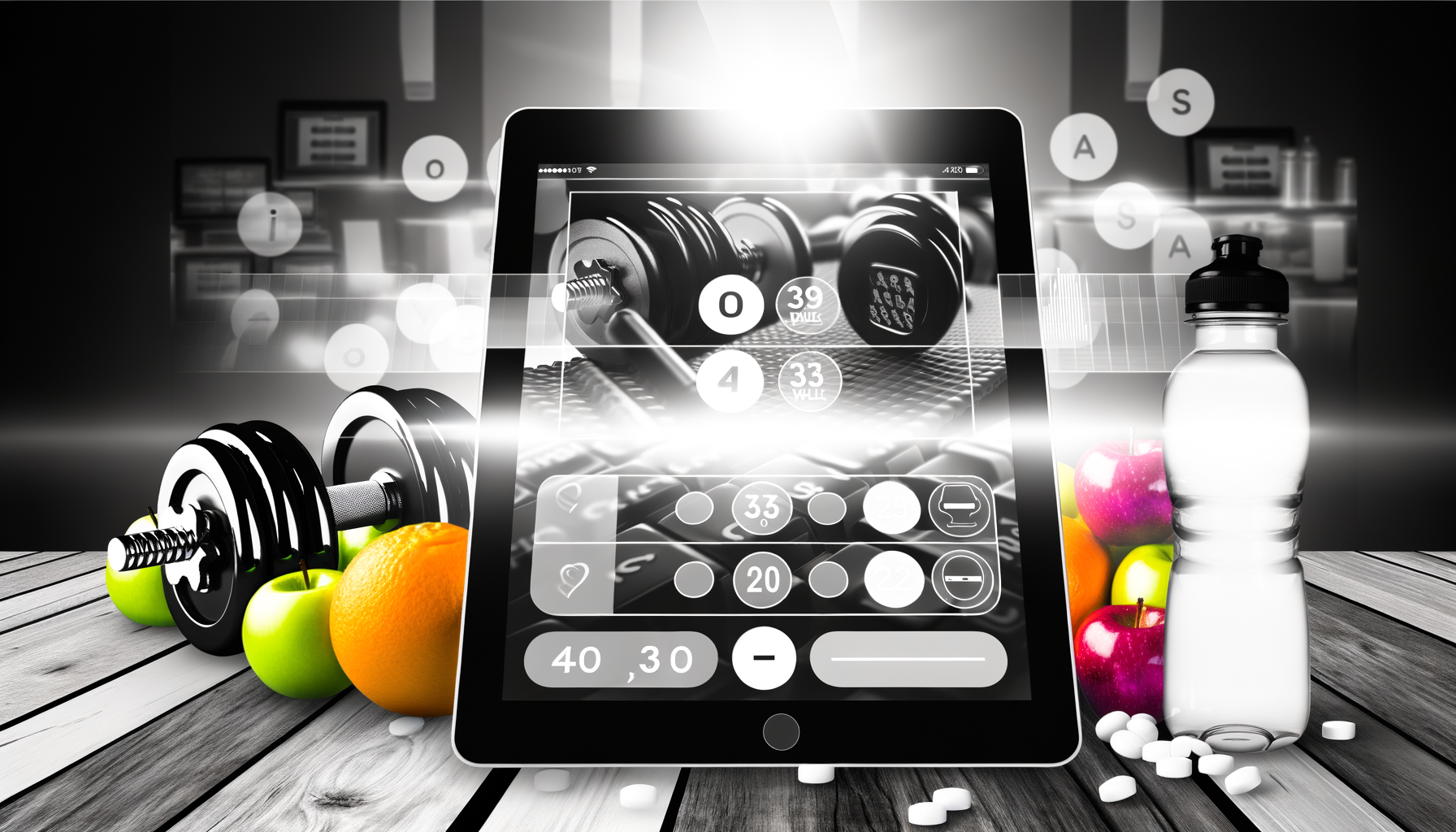How to Use Calorie Awareness to Improve Client Hydration
Enhancing Client Performance Through Integrated Hydration and Calorie Awareness
When it comes to optimizing client performance, particularly in the realms of fitness and health, two critical components often come into play: hydration and calorie awareness. These elements are intricately linked, as proper hydration is essential for metabolic processes, including the efficient use of calories. In this article, we will delve into how you can use calorie awareness to improve client hydration, leading to better overall performance and health outcomes.
The Importance of Hydration
Hydration is fundamental to the body's optimal functioning. Water makes up approximately 60% of body weight and plays a vital role in regulating temperature, transporting nutrients, flushing out toxins, lubricating joints, and maintaining blood pressure. Dehydration can lead to headaches, fatigue, dry skin, constipation, muscle cramps, and impaired cognitive function. Therefore, ensuring clients are adequately hydrated is crucial for their overall health and performance.
Calorie Awareness and Its Impact on Hydration
Calorie awareness is not just about tracking the number of calories consumed but also about understanding the quality of those calories. High-quality foods that are rich in nutrients and fiber can help in maintaining hydration levels. For instance, foods with high water content, such as fruits and vegetables, contribute to daily hydration needs.
Moreover, calorie awareness helps in managing the intake of processed foods that are often high in sodium and sugar, which can dehydrate the body if consumed excessively. By focusing on whole, nutrient-dense foods, clients can better maintain their hydration levels and support their overall nutritional needs.
Strategies for Improving Client Hydration Through Calorie Awareness
Here are several strategies you can implement to help your clients improve their hydration through better calorie awareness:
Educate on Hydration-Rich Foods: Encourage clients to consume foods with high water content. Examples include watermelon, cucumbers, and celery. These foods not only provide essential nutrients but also contribute significantly to daily hydration needs.
Monitor Caloric Intake: Help clients understand that their caloric intake can affect their hydration levels. For example, high-calorie diets that are rich in processed foods can lead to dehydration if not balanced with adequate water intake.
Use Intuitive Eating Practices: Promote intuitive eating practices that encourage clients to listen to their body's hunger and fullness cues. This can help in avoiding overeating and reducing the intake of dehydrating foods.
Encourage Regular Hydration: Remind clients to drink water regularly throughout the day, especially before, during, and after physical activities. This can be reinforced by setting reminders or using hydration apps.
Provide Hydration Tips: Share tips on how to make hydration more enjoyable, such as infusing water with fruits or herbs, and using visually appealing water bottles to encourage frequent sipping.
Case Studies and Real-World Examples
Let's consider a real-world example to illustrate how calorie awareness can improve hydration. A client who is training for a marathon needs to ensure they are well-hydrated to perform optimally. By focusing on a balanced diet that includes hydration-rich foods and monitoring their caloric intake to avoid dehydration, they can significantly enhance their performance. For instance, drinking 500ml of a hydration drink the night before and another 500ml about 90 minutes before the event, as recommended by precision hydration strategies, can help in maintaining optimal hydration levels.
Tools and Resources for Client Support
To support your clients in their hydration and calorie awareness journey, you can utilize various tools and resources:
WP Calorie Calculator: This tool helps clients calculate their daily caloric needs based on their specific goals and activity levels, ensuring they are consuming the right amount of calories to support their hydration and overall health.
WP Calorie Calculator Plans: Offering different plans can cater to various client needs, from basic calorie tracking to advanced nutrition planning, which can include hydration tips and recommendations.
Hydration Apps: Apps like Waterlogged or Hydro Coach can remind clients to drink water at regular intervals and track their hydration progress.
Nutrition Diaries: Encourage clients to keep a food diary to monitor their caloric intake and identify patterns that may affect their hydration levels.
Conclusion and Next Steps
In conclusion, integrating calorie awareness into hydration strategies can significantly enhance client performance and overall health. By educating clients on the importance of hydration-rich foods, monitoring caloric intake, and using intuitive eating practices, you can help them maintain optimal hydration levels. Utilizing tools like the WP Calorie Calculator and hydration apps can further support these efforts. Remember, proper hydration is not just about drinking water; it's also about consuming a balanced diet that supports the body's nutritional needs.
If you're looking to take your clients' hydration and nutrition to the next level, consider implementing these strategies and leveraging the resources available. For more detailed information on how to use calorie awareness to improve client hydration, explore our other blog posts and resources on WP Calorie Calculator.











